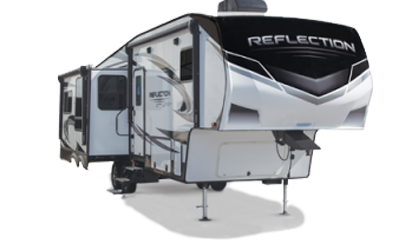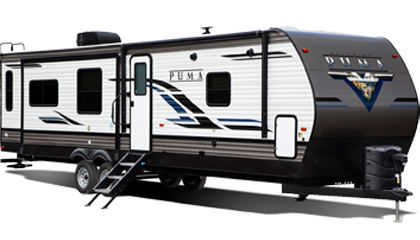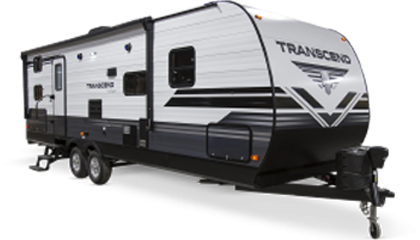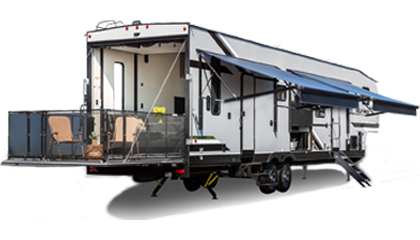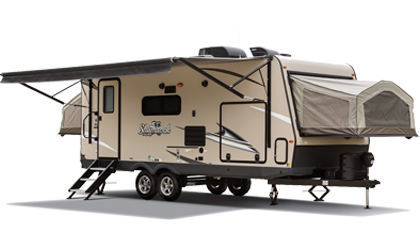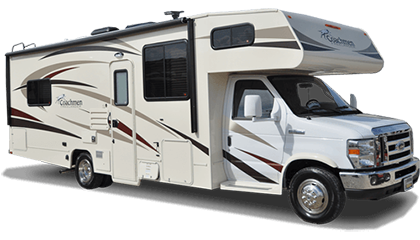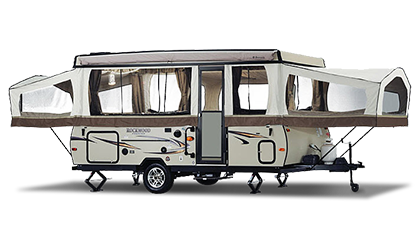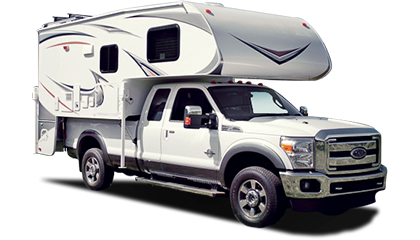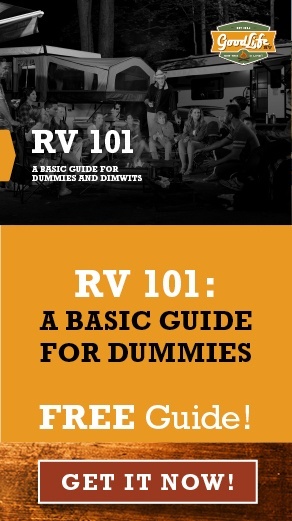4 Crucial Ways to Maintain Your RV’s Plumbing System
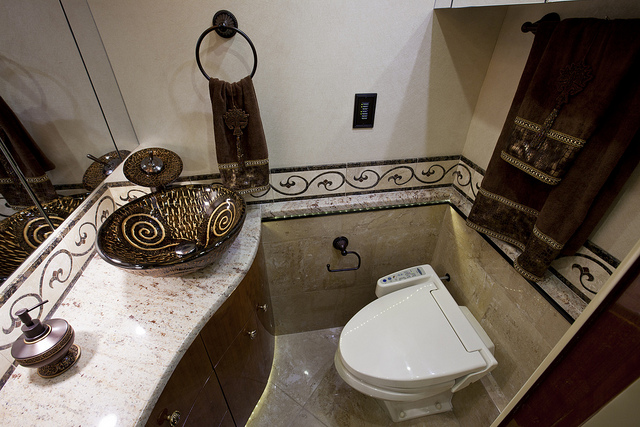
If you’ve been to your local hardware store recently, you might have noticed how big the plumbing section is. There’s aisles and aisles of toilets, sinks, fixtures and tiny parts that keep the whole thing together.
It’s no secret: Plumbing is complicated stuff. Transporting water and waste safely, sanitarily and securely around your house can be hard to do. And if you suspend a whole house’s worth of plumbing fixtures over a rumbling, rolling trailer that commonly flies at 60 miles per hour down the highway, you’re going to end up with some issues.
Your RV’s plumbing and water systems are one of the more complicated parts of your RV, and you’ll have to keep up with maintenance to avoid issues.
Here are 4 key things every smart RVer does to maintain their sinks, toilets and other key parts of their plumbing system.
LUBRICATE TOILET SEALS
Unlike your toilet at home, RVs have toilet seals that keep water in the bowl and any smells from leaking out from the black tank. Usually, a ball valve keeps this water inside the bowl, and a small, circular seal keeps the water in place.
But like all pieces of rubber, it falls apart after a few years’ use. The best thing to do to keep your toilet sealed and functional is keep it lubricated. This can be done with seal lubricator, such as Thetford Toilet Seal Lubricant, every few months. In a pinch, a dollop of Vaseline can do the trick.
DEODORIZE YOUR BLACK TANK
At home, solid or liquid waste ends up in your septic system or sewer, and it’s easy to put that out of your mind. But your RV has to tote all of that around in a plastic tank, and keeping up with its cleanliness is a constant battle.
To keep it clean and sanitary, smart RVers add a solution to promote decomposition inside the tank. Pour-in powders and trine treatment can help clean out your tank without even thinking about it.
Many RVers put a little bit of treatment in their grey tank as well. Food waste and debris can end up in your grey tank too, especially from the kitchen, and chemicals can break the food down and keep it from rotting.
CLEAN YOUR P-TRAP
In your home and in your RV, nearly all bathroom sinks feature a p-trap, a curved plumbing fixture that keeps a constant water level. These traps keep heavy debris (hair, grease, the odd piece of jewlery, etc.) from clogging up your plumbing system and the water provides a seal that keeps smells at bay.
Keeping this trap clean is an important part of sink maintenance. Some newer RVs come with a waterless p-trap, which offers the same benefits of a traditional trap but without the possibility of drying up. They also don’t need antifreeze in the winter.
CHECK ON VENT SYSTEMS
If they can’t go up through the toilet, all of the unpleasant smell from your black tank has to go somewhere – it’s not a vacuum, and bottling up all of that would cause incredible pressure. Hence, there’s an vent to your sewage system.
Leaves, pollen and other crud can clog up your ventilation system, which could force sewer gas into your RV. By ensuring the ventilation system is clear, you’re giving a place for that gas to escape.
Photo courtesy milleniumluxurycoaches

